What is plant rot and how to treat it?

Rot is a common plant disease that can be caused by fungi and bacteria. If a representative of the flora is attacked by this ailment, then parts of its plant will soften and decompose. Due to the influence of pathogens, the intercellular substance of the plant cell suffers, after which its walls and membranes.
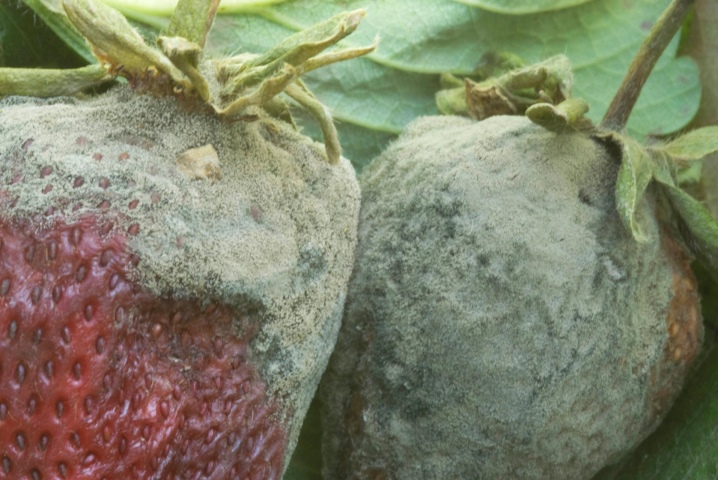
Root system rot
Rot of the root system provokes the appearance of brown blotches, as well as rotting of the lateral and central parts of the root system. This ailment is caused by microorganisms of a pathogenic nature, which can remain in the soil or plant debris. Soil pathogens include the causative agents of fusarium, verticillus, white sclerocial, gray, late blight and bacterial rot.
The penetration of infection into the roots occurs by mechanical damage or in the process of planting infected material.
Fusarium
The main danger of fusarium rot is the possibility of the fungus entering the vessels with their subsequent filling and movement to the foliage and stems. In herbaceous vegetation, rot provokes rotting of the root system, as well as the death of its ground particles. As a result, tracheomycotic wilting can be observed, it manifests itself in the impossibility of nutrients to get to the growing leaves and shoots.
If the plant is attacked by Fusarium disease, then some elements of the vegetation are unexpectedly affected. In addition, the entire culture can quickly wither and dry out. On the affected root system, the main veins of the foliage, there is a white fungal bloom.

Late blight
Currently, gardeners notice that late blight rot develops on strawberries. Often, the disease is imported with imported planting material. In a sick representative of the flora, a period of wilting begins, the foliage becomes covered with black spots, the petiole darkens. The affected area of tissue is covered with fungal mycelium, which is especially visible to the naked eye after the winter period.
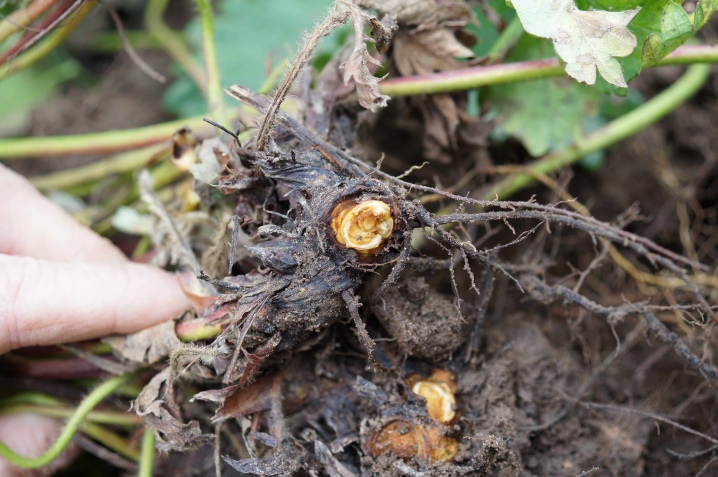
Gray
In particular, gray rot affects the growth points of plants, growing stems, leaves, fruits. There are cases when large plantations of vegetation die from this disease. After the snow melts, black fruiting mushroom bodies can be seen on the crop. If the plantings are thickened, then not only strawberry bushes, but also currants, gooseberries, rose hips, roses can suffer from gray rot.
The causative agent of this type of rot is a low-temperature pathogen, which is characterized by the activity of development under the snow.
Because of this ailment, seedlings of trees and bushes are quite strongly affected by gray rot in the nursery, especially with dense plantings and a high pathogenic background in the soil.
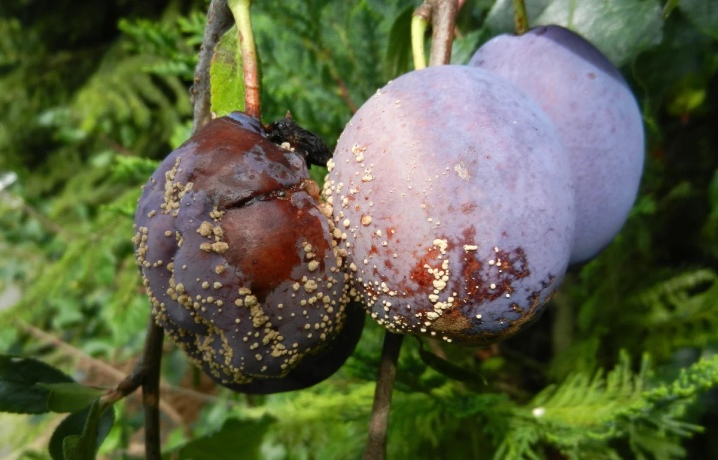
Peripheral
Peripheral rot is also called butt rot. This arboreal disease is manifested by the fact that under the root bark and the base of the trunk, a whole network of flat black cords is formed. If peripheral rot appears on woody vegetation, this will entail a lot of problems for the culture.
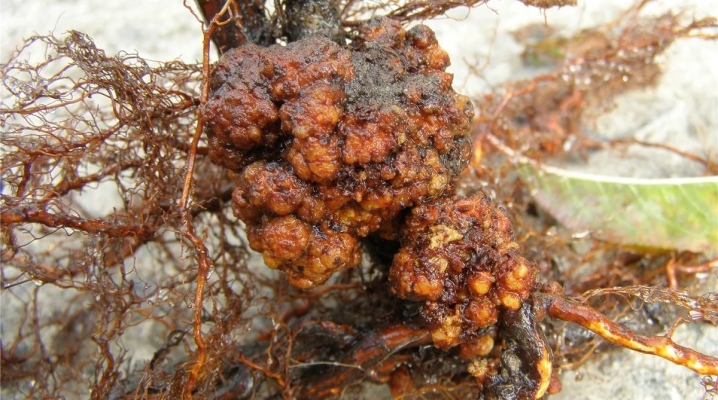
What affects the trunk and leaves?
Rot is very dangerous for the outer parts of vegetation. It can cause tremendous damage to the culture, as it quickly spreads and infects neighboring plants in the garden. The reasons why the trunks and leaves are attacked by apical dry rot can be different, since they are caused not only by a fungus, but also by an infection.
Let's list the main types of the disease.
- Rot caused by tinder fungus. A mushroom ovary that has settled on a tree post is the first sign of a disease. If a disease is detected in a culture, the gardener should immediately take measures to eliminate it.
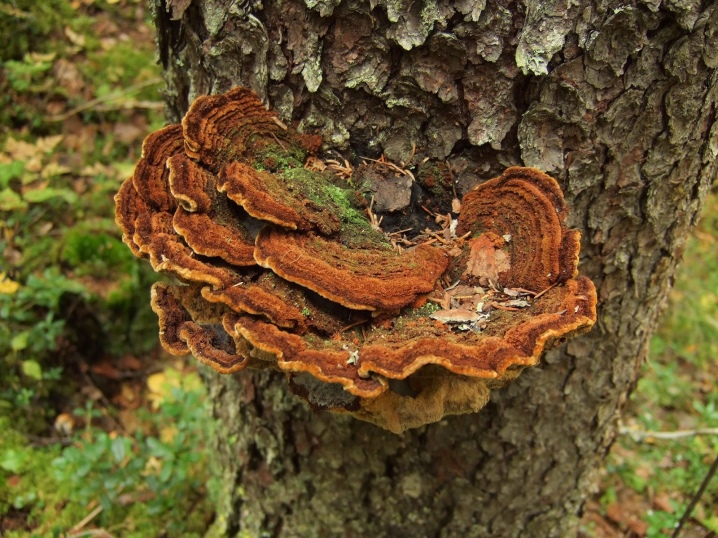
- Gray. In addition to the roots, this ailment can affect the shoots of bushes and foliage after winter. Quite often, gray rot attacks raspberries and currants. On the leaves, the disease manifests itself as a loss of elasticity, as well as the appearance of brown spots.
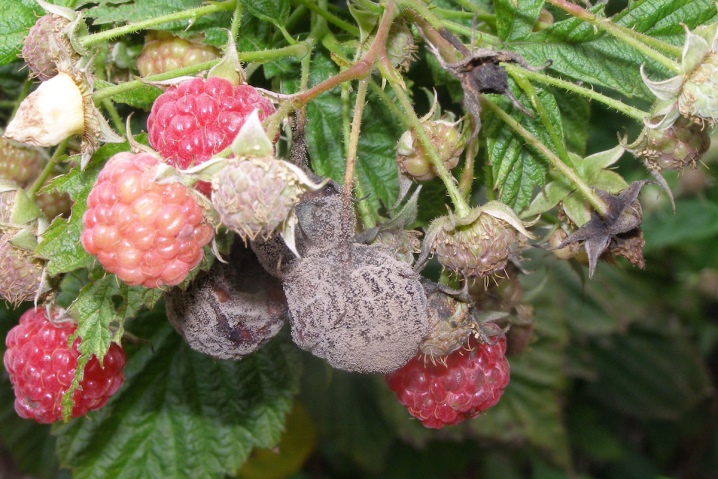
- Non-infectious rot. This disease is caused by improper pruning of trees. Apical ailment manifests itself due to the fact that the unclosed cut gets wet and collapses under the influence of atmospheric precipitation. Such trunks rot without the participation of fungi and microorganisms.
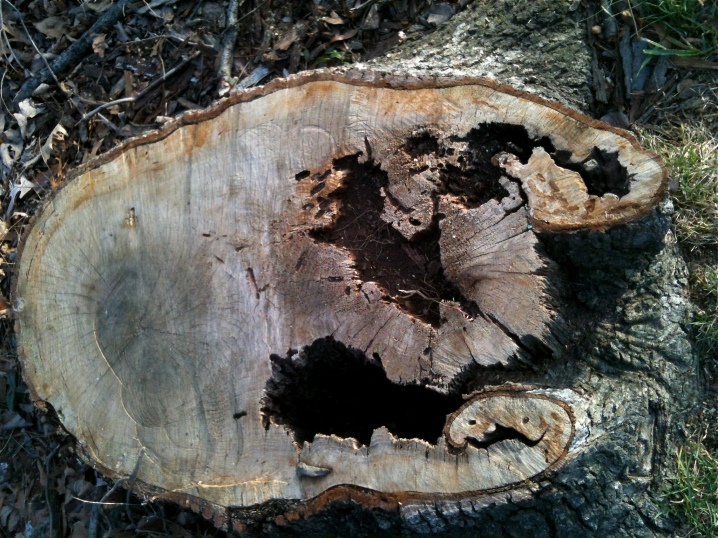
- Penicillous disease. Rot of this type usually attacks vineyards, its main manifestation is the appearance of a blue or green coating on the shoot in the form of an accumulation of fungal spores.
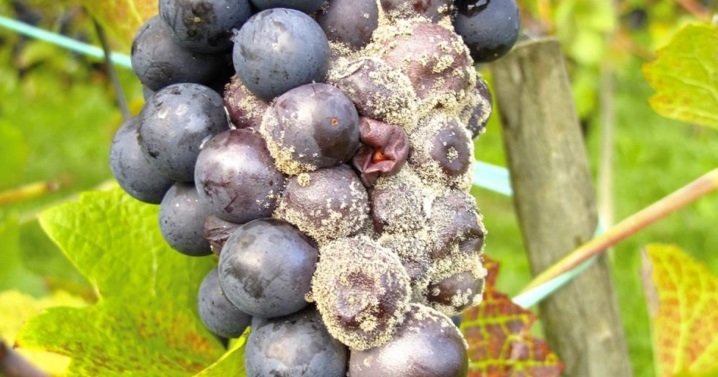
- Shrinking of the trunk. The disease affects flowers, foliage, young trunks after the end of the winter period. If the gardener does not take emergency measures to save the culture, then the disease will destroy the whole tree, and also infect the neighboring plantings.
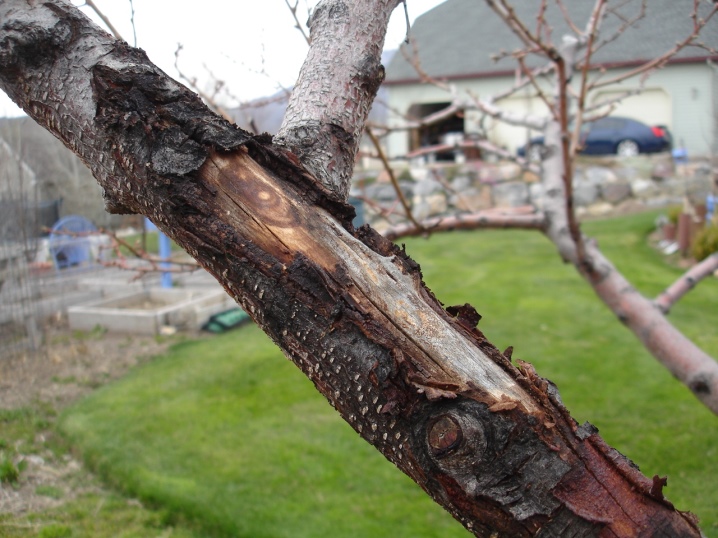
Fruit rot
The fruits of plants do not have many diseases, but rot often affects them. This bacterial infection is a common disease of pears, plums, cherries, cherry plums, apple trees, and can be found in a vegetable garden. Fruit rot is considered the nightmare of every gardener, since, taking into account the description of the development of the infection, we can conclude that it is very dangerous.
The source of the disease are fruits affected by white, black, brown rot, which remained hanging on the tree. Moniliosis is manifested by the appearance of a red spot, which increases in size every day. As a result, the fruit becomes completely brown and unusable. In addition to browning, light yellow pads are formed on the fruits. These formations are about 3 mm in diameter.
Apple and pear rot within 3-5 days after infection. If the fruit is not destroyed, it will begin to spread disease-causing spores within 8-10 days.
Moniliosis is terrible in that it can destroy not only the harvest on the tree, but also the one in the storage.

Another terrible disease of the fruit is called sclerotinia (or white rot). Usually, the disease affects grapes, strawberries, onions, garlic, cucumbers, peppers, tomatoes, sunflowers, cabbage and many other plants. This fungus often appears in greenhouses and hotbeds, as it prefers poor room ventilation and high humidity. Sclerotinia is manifested by wilting of the tops of the culture, rotting of the root area, discoloration of foliage and wateriness of the fruits, which are covered with bloom.
Infection of crops with white rot is carried out through the soil. The disease can progress at an ambient temperature of 12-15 degrees above zero. Also, the disease manifests itself in high humidity, as well as a sharp temperature drop.
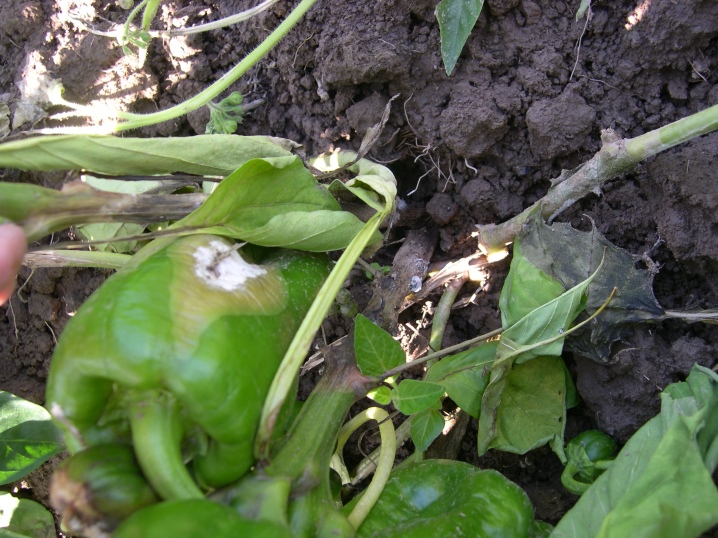
The main ways to fight
Every gardener should know what to do if rot appears on zucchini, cabbage plants, ring potatoes, garlic, sunflowers, peppers in a greenhouse or in an open area.
In this case, it is worth thinking not only about treatment, but also about preventive measures:
- buy planting material only in a trusted place;
- observe agrotechnical measures;
- take care of plants correctly and in a timely manner;
- pour Bordeaux liquid twice a season.
Plants can be treated in different ways. Since gray rot often manifests itself on fruits that are not properly stored, experts recommend spraying the room with disinfectants. To save the culture from black rot, you will need to destroy the remnants of the affected flora, disinfect the seed material before planting it, and also remember to observe the crop rotation.
In addition, it is believed that it would be advisable to feed the plantings with potassium permanganate.
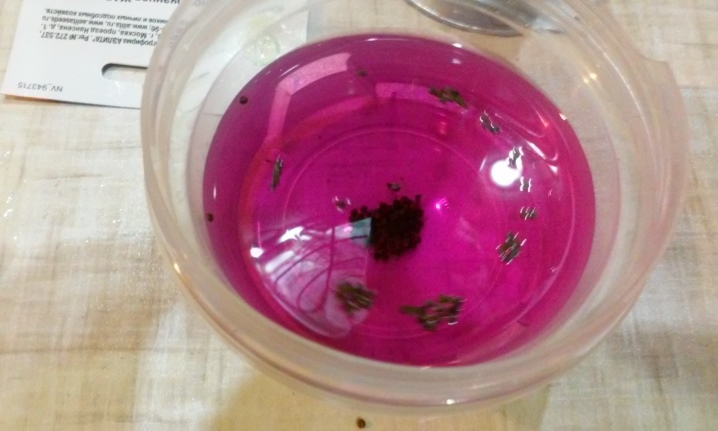
You can fight white rot by maintaining the correct temperature and humidity. A sick specimen must be immediately destroyed, as well as thermal or chemical disinfection of the soil. If the culture suffers from root rot, then soil is removed around it and peat or fresh sawdust is poured instead. Severely affected vegetation from the site is eliminated by sprinkling the roots with charcoal.
To combat rot, chemicals, calcium nitrate and other compounds are also used. Fungicides can have both prophylactic and curative effects. They can contain organic and inorganic components. They can not only pickle seed, but also water adult vegetation. Among the most effective means are "Consento", "Abiga-peak", "Acrobat", "Bayleton" and others.
Rot on horticultural and horticultural crops is a real problem that can bring a lot of trouble to a person and ruin the harvest. The result of the struggle depends on the severity of the disease. If you start the fight against rot at the first symptoms of its manifestation, then you can achieve a quick positive result.














The comment was sent successfully.